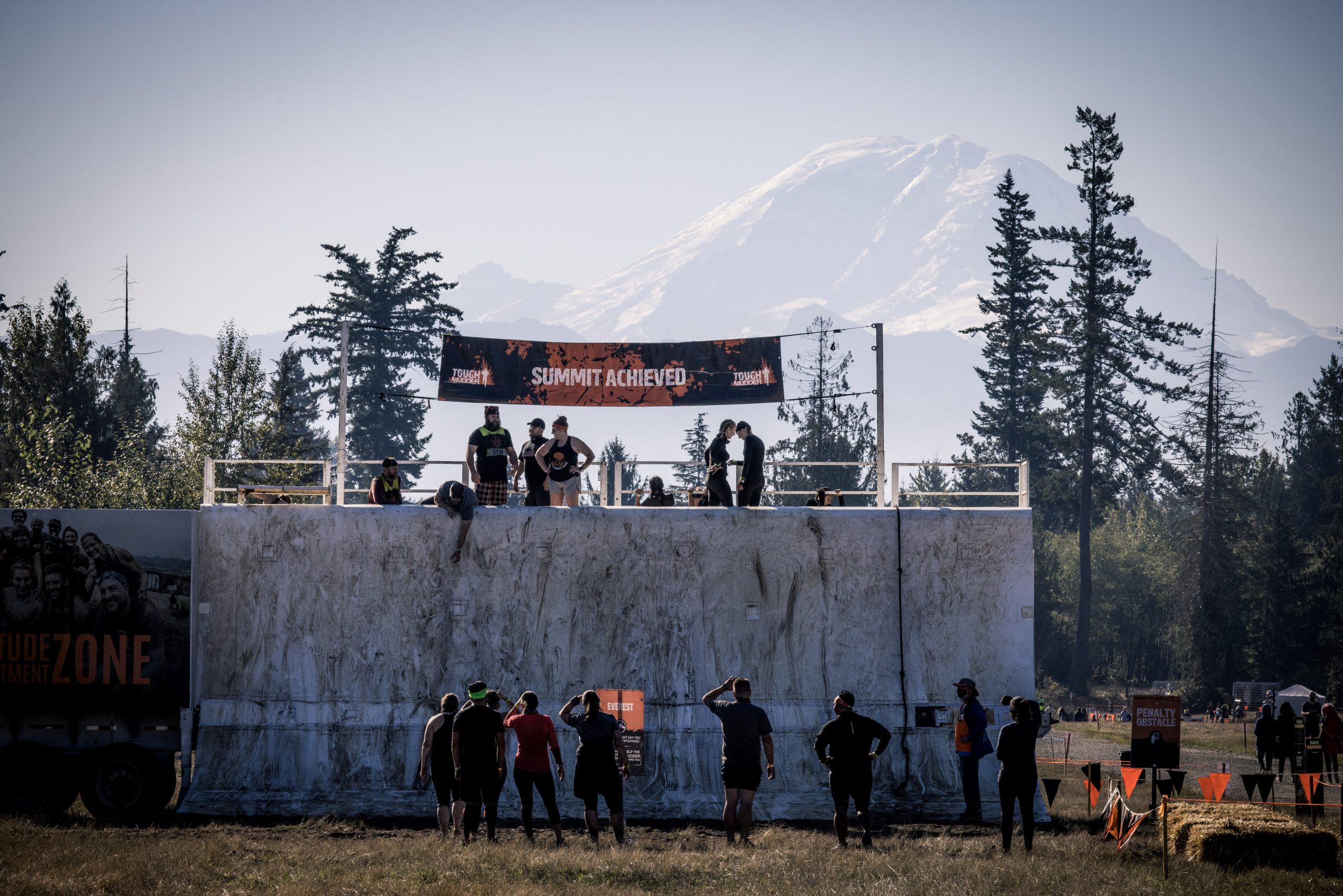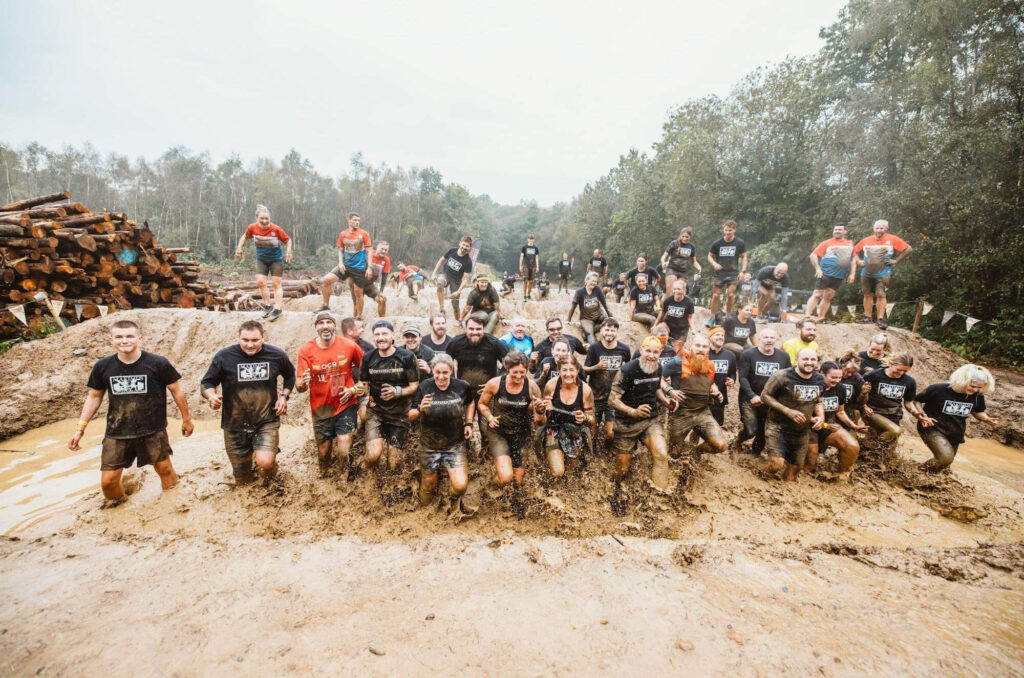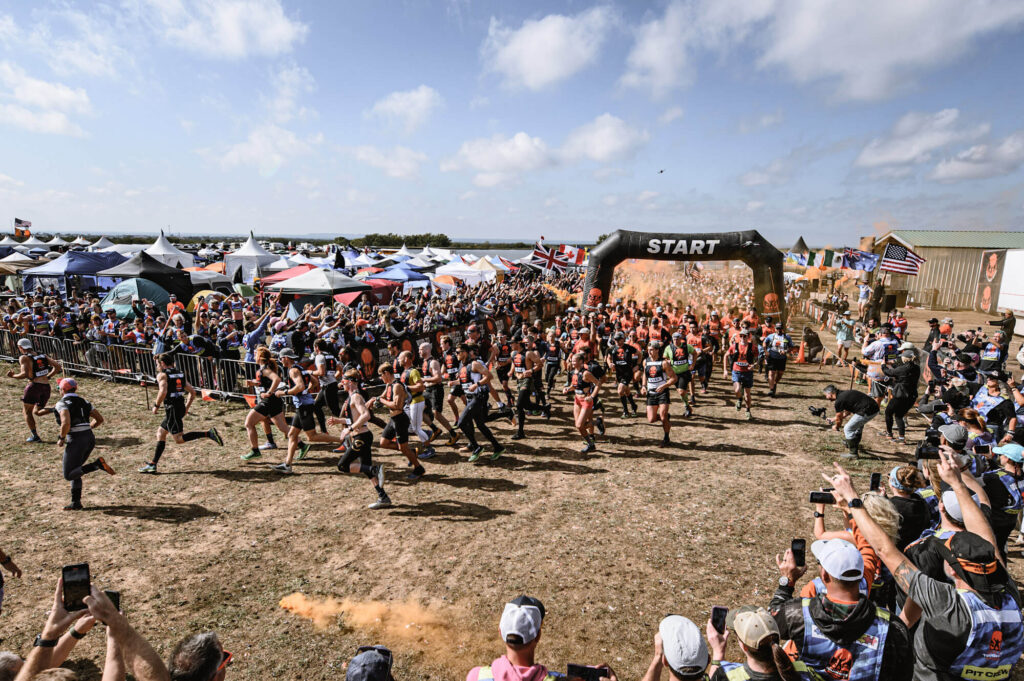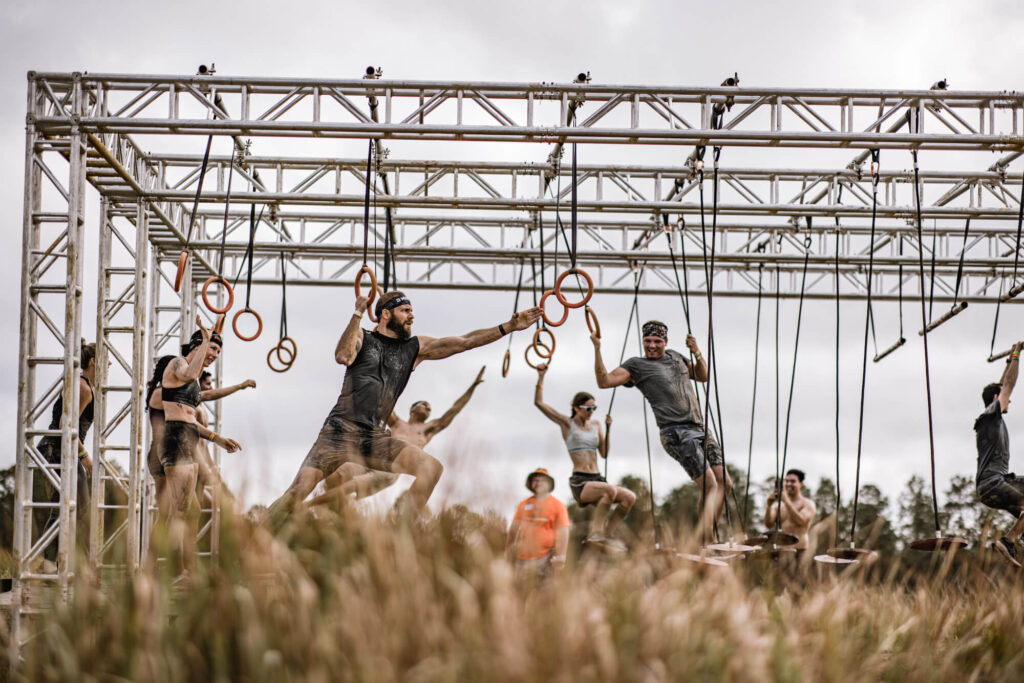Itching for an adventure? Make sure you are prepared for what’s to come. Both distance & elevation training can help with endurance and being physically ready for an event like Tough Mudder. Below, we spell out why, with some associated tips on how to best tackle 2 popular training styles to build up your performance.
Elevation Training
It’s common for athletes to seek new ways to improve their athletic performance. One popular strategy is high altitude training, also known as high elevation training.
While it might seem unappealing, the strategy has physiological benefits. It can improve how your body responds to exercise, and therefore, increase your endurance. This could also enhance your performance in competitions or in outdoor events.
There are several benefits of high altitude training.
1. More oxygen flow to muscles
When you work out, your blood delivers oxygen to your muscles. The oxygen is used to produce energy, which helps your muscles move and perform activity.
2. Increased aerobic capacity
Along with improving your oxygen flow, high altitude training can also increase your maximal oxygen intake.

If it’s a bigger challenge you seek, know that the below athletes commonly practice high altitude training to improve their overall performance when its time to put physical fitness to the test:
Runners
Cyclists
Mountain Bikers
Cross-country Skiers
Swimmers
What’s the best way to incorporate high altitude training into your fitness routine?
1. Increase elevation gradually.
2. Try interval hill training.
3. Practice breathing exercises.
High altitude training can potentially improve your endurance during intense exercise. It may increase your aerobic capacity, lactic acid tolerance, and oxygen flow to your muscles.

Distance Training
Going on a long distance run when you’re at your natural pace, often is just for tacking on more miles. The specific distance and duration for your longer runs will vary with your current level of endurance — and endurance is the name of the game, here.
Even though you’re only running at your average pace, adding that distance and maintaining the same pace throughout your run is a huge boost for your endurance. You’re basically training your body to adapt to longer durations of running to make sure it can handle that next race or event without a problem.
Plus, with more endurance and familiarity with long runs, your body’s also able to build better muscle and heart strength while also training its aerobic and anaerobic systems further. All of this will ultimately add up to more physiological and biomechanical efficiency.
There are two very important training components for performing well at Tough Mudder weekends or Endurance events, especially those with elevations. Incline training is the most important, whether that is done on hills or on a treadmill with an incline, to get your legs, calves, achilles, and lungs ready to handle climbing a steep grade. In addition, strength training is important to get your climbing legs strong and resilient. Strength training makes your bones and ligaments stronger which is also great in preventing an injury. Performing movements like weighted lunges and step-ups also do a great job of simulating hill training. If you break into a power hike on a steep incline, you want to be able to move fast and be strong. Throwing on a weighted vest and getting on the stairmaster is also a great exercise to improve your power hiking.
Want to level up over time? Add a run day, a strength day, and a stamina/interval day to your training weeks. You choose which days you train and which days you don’t, but stick to your order of workouts throughout the week for best results in distance & elevation training. With the great combination of these two types of training you will be busting through your event with ease.




